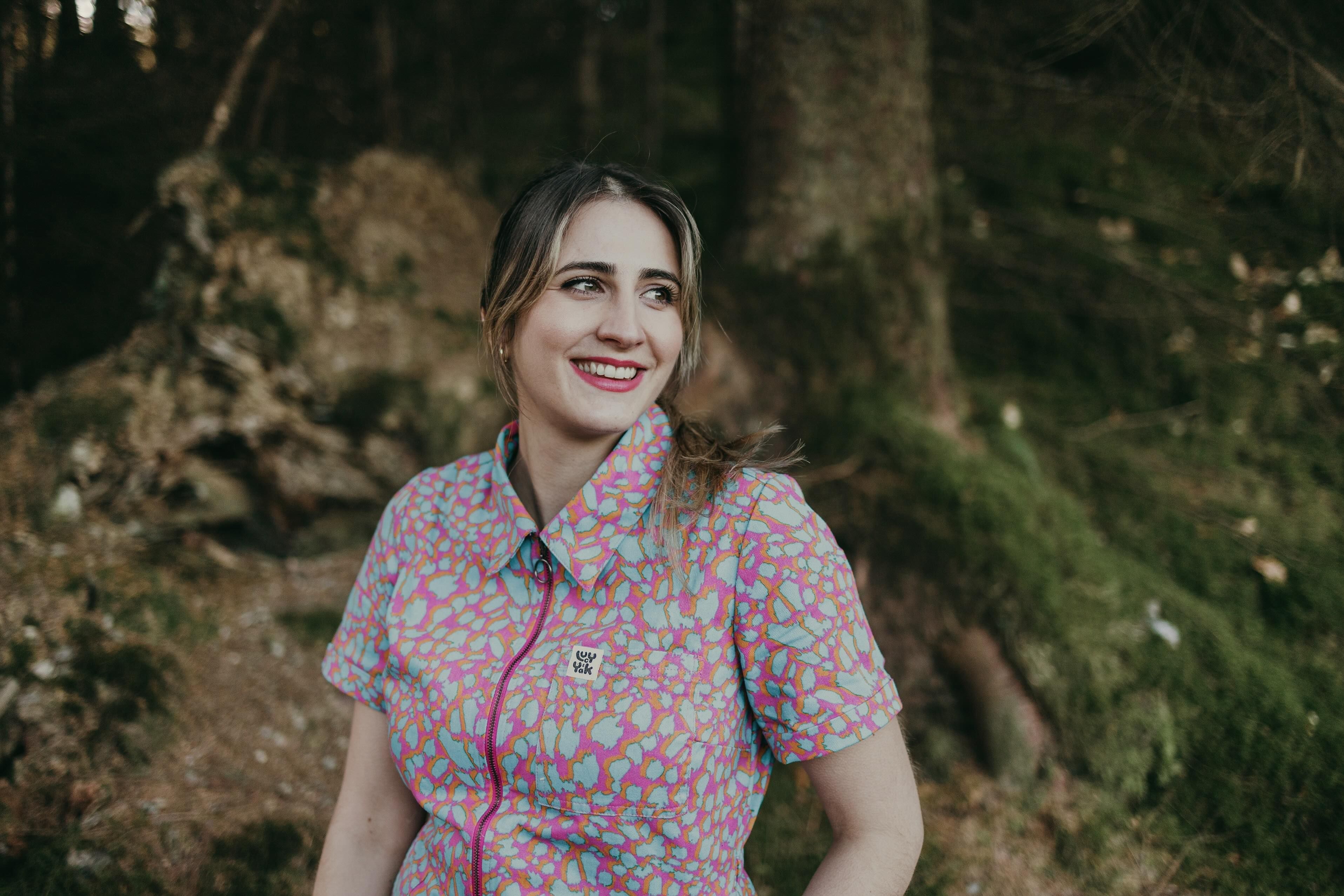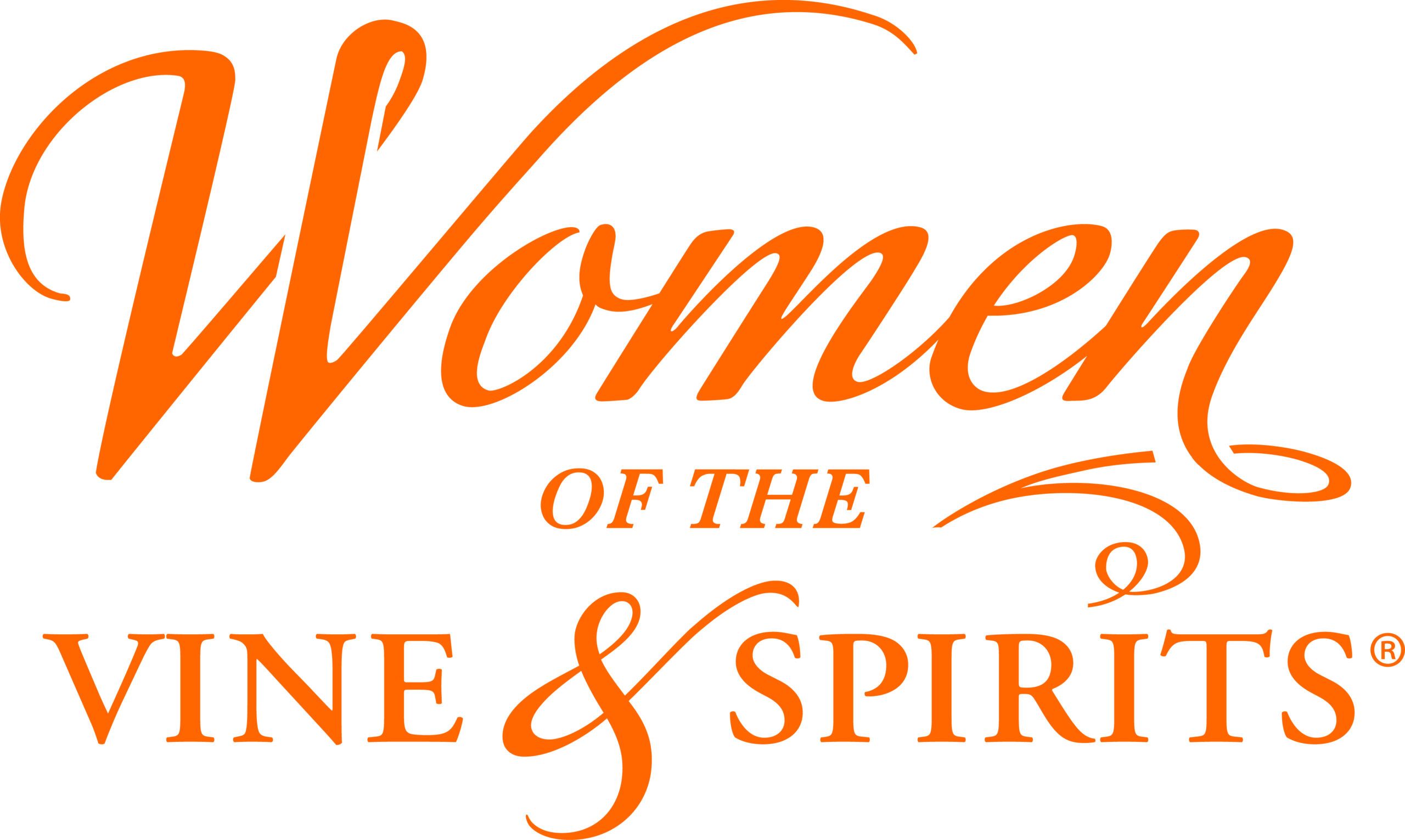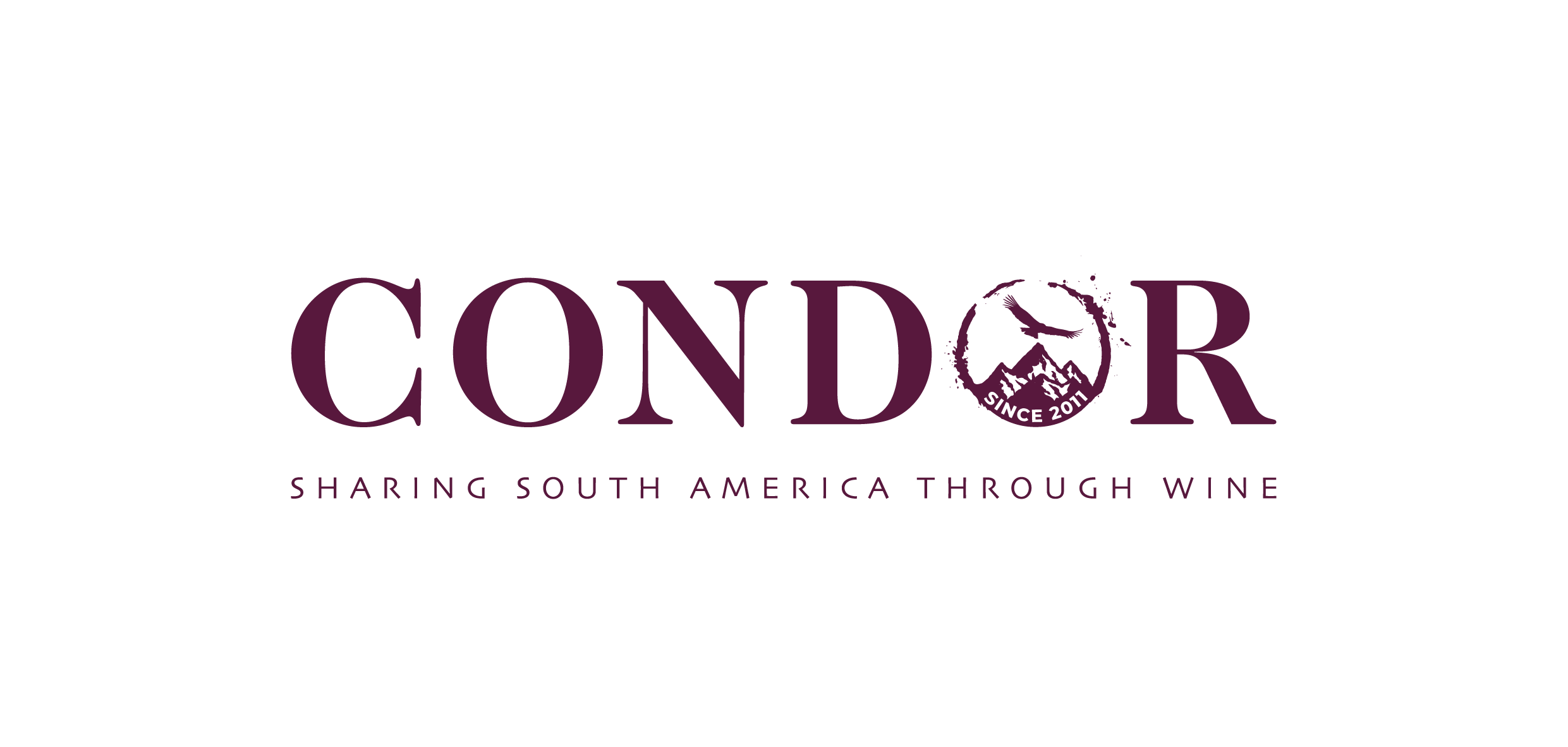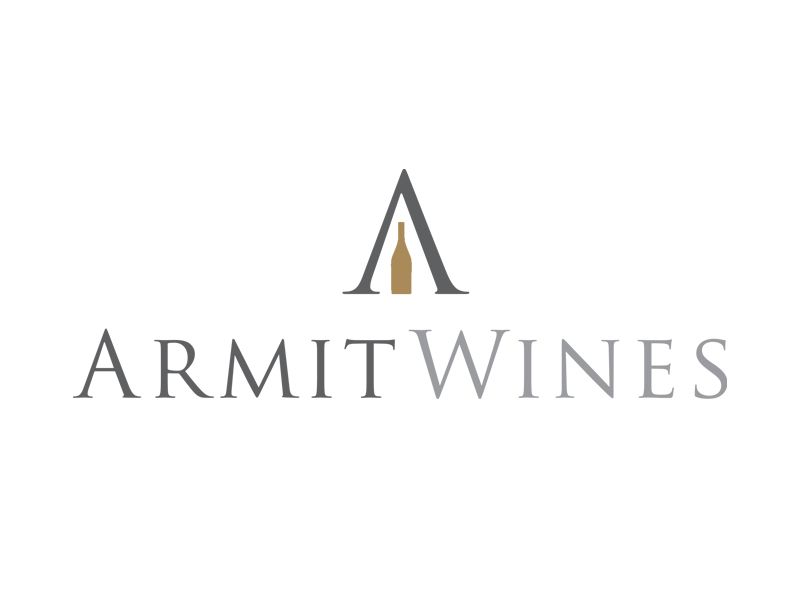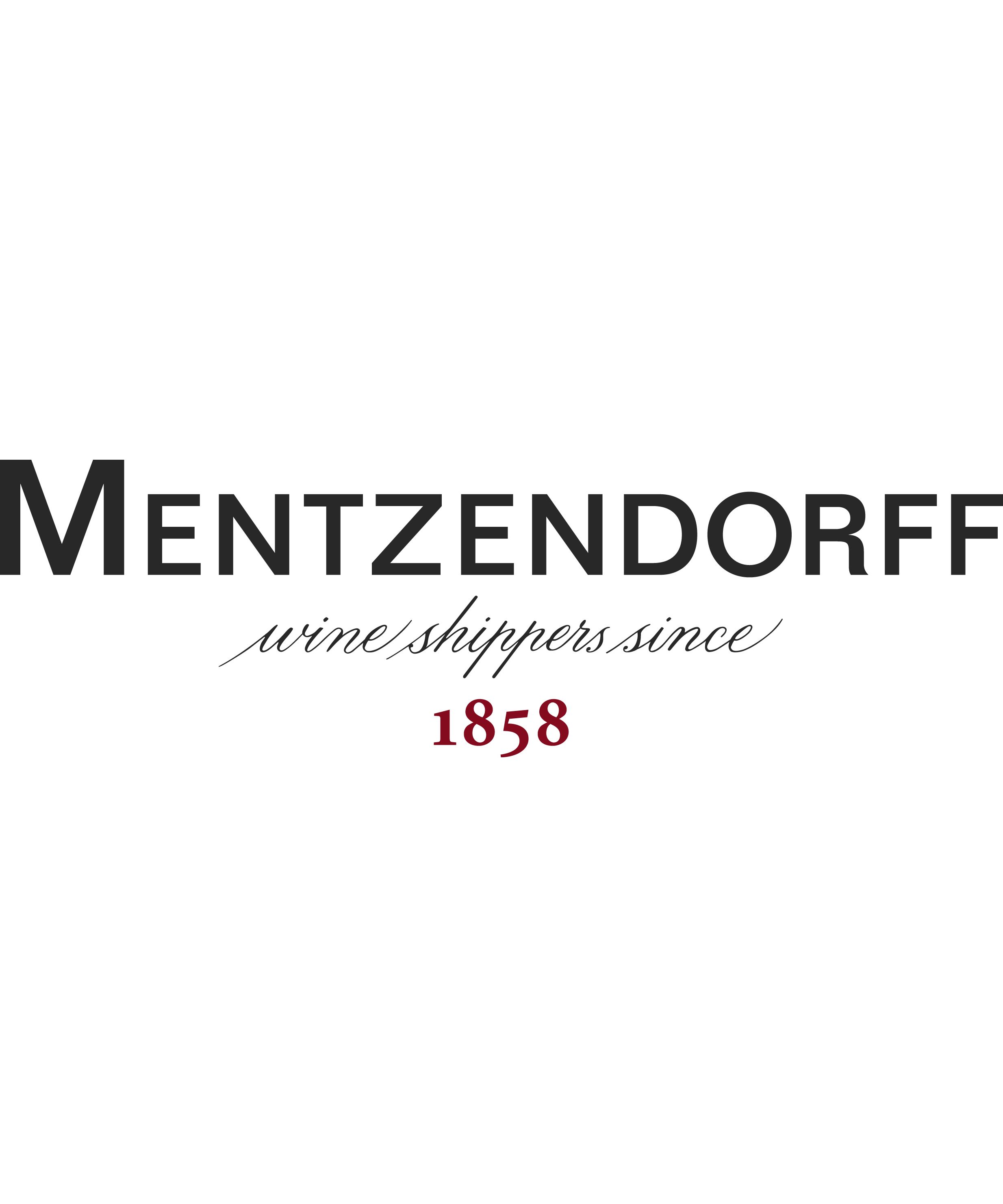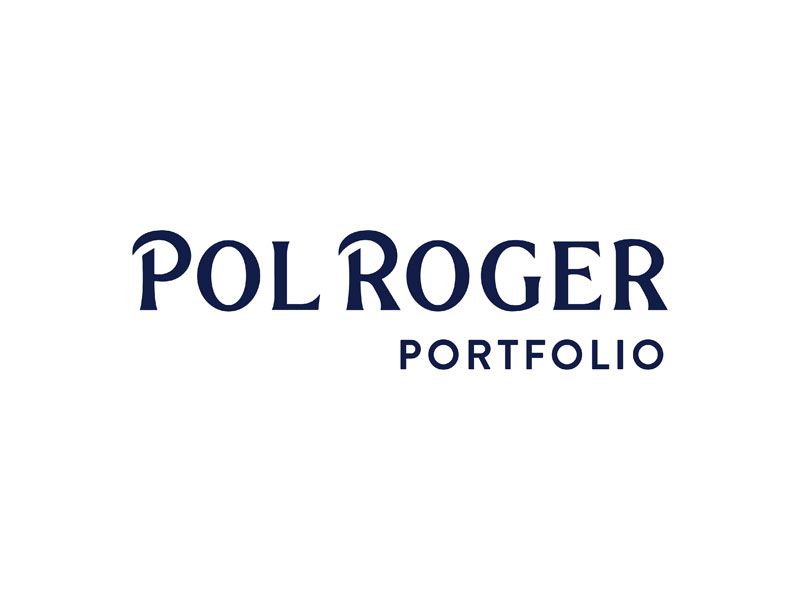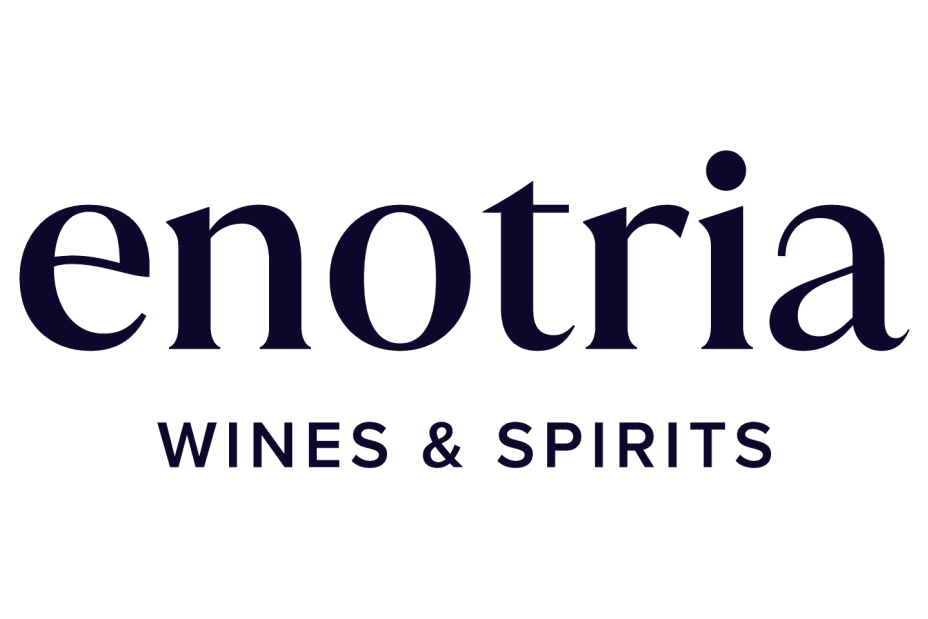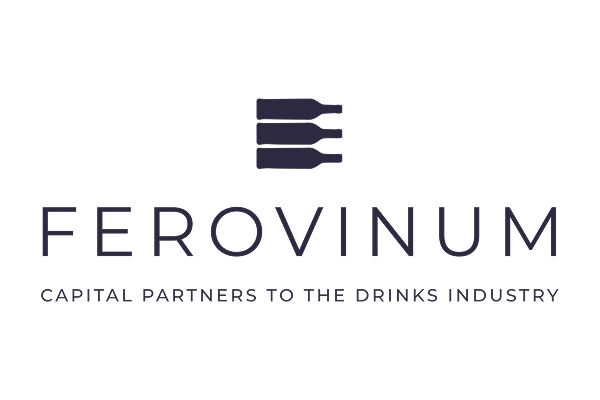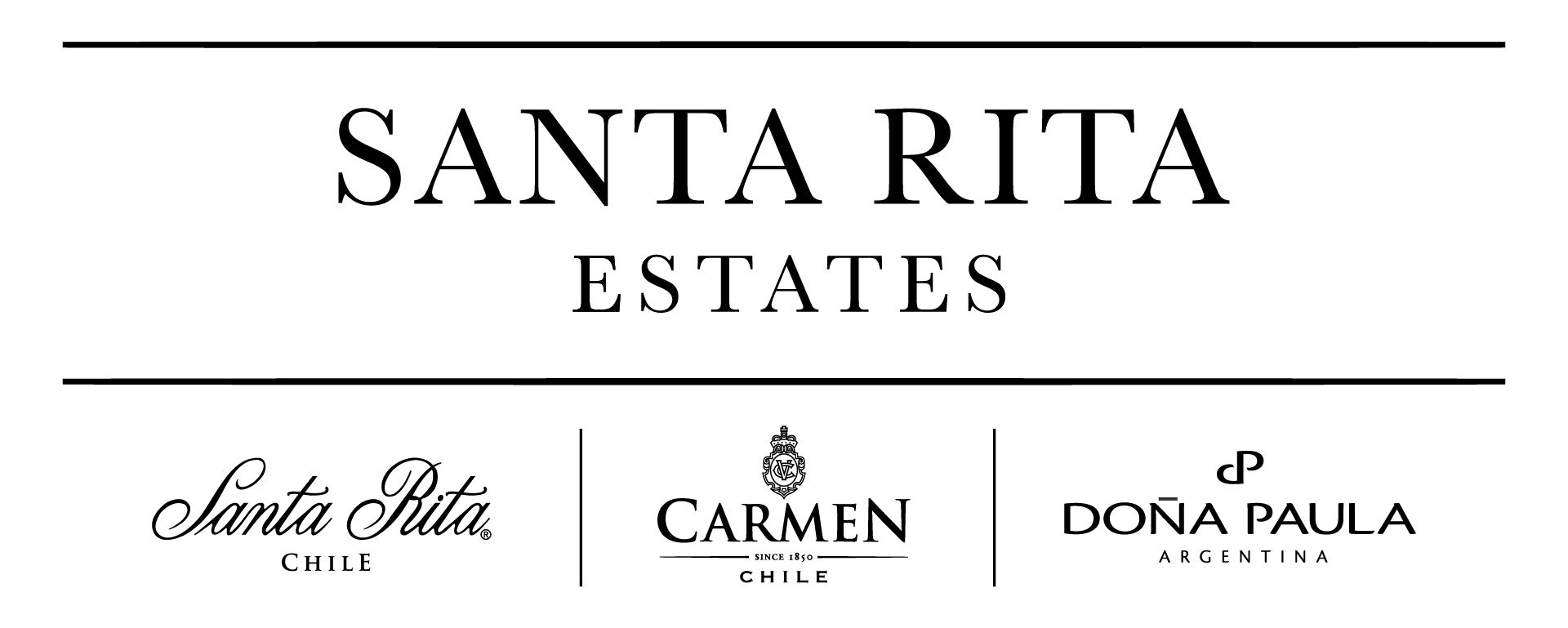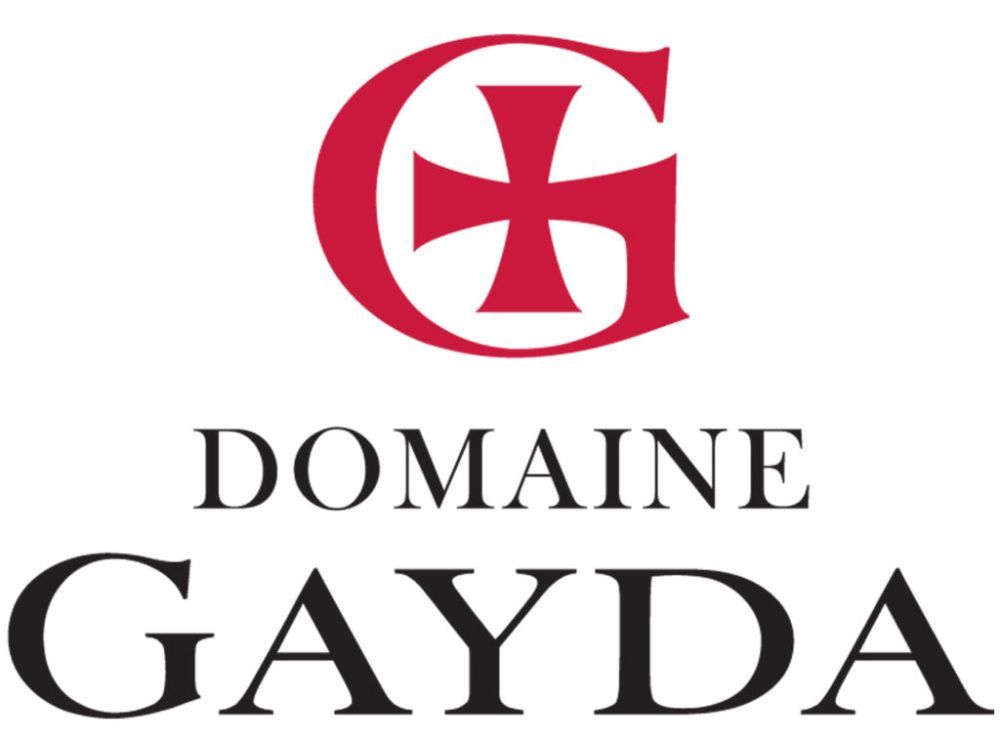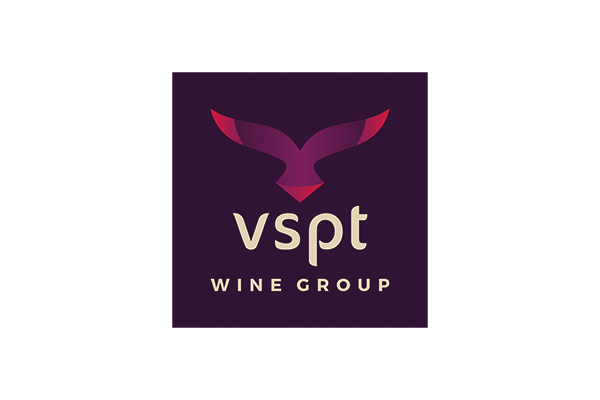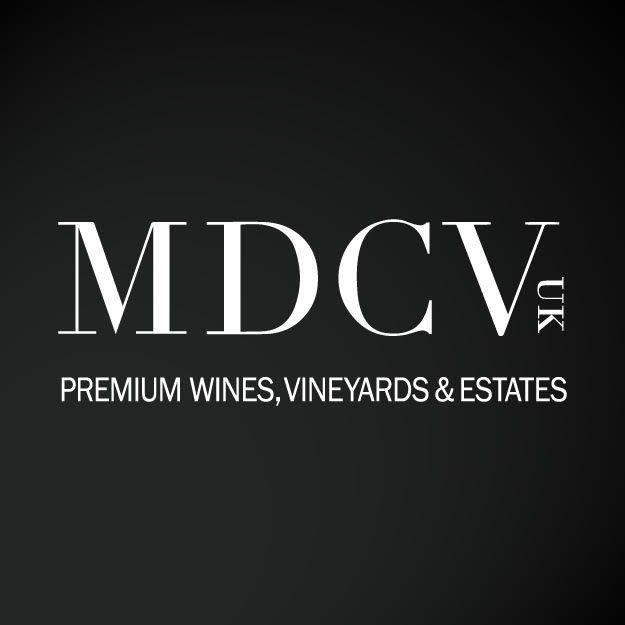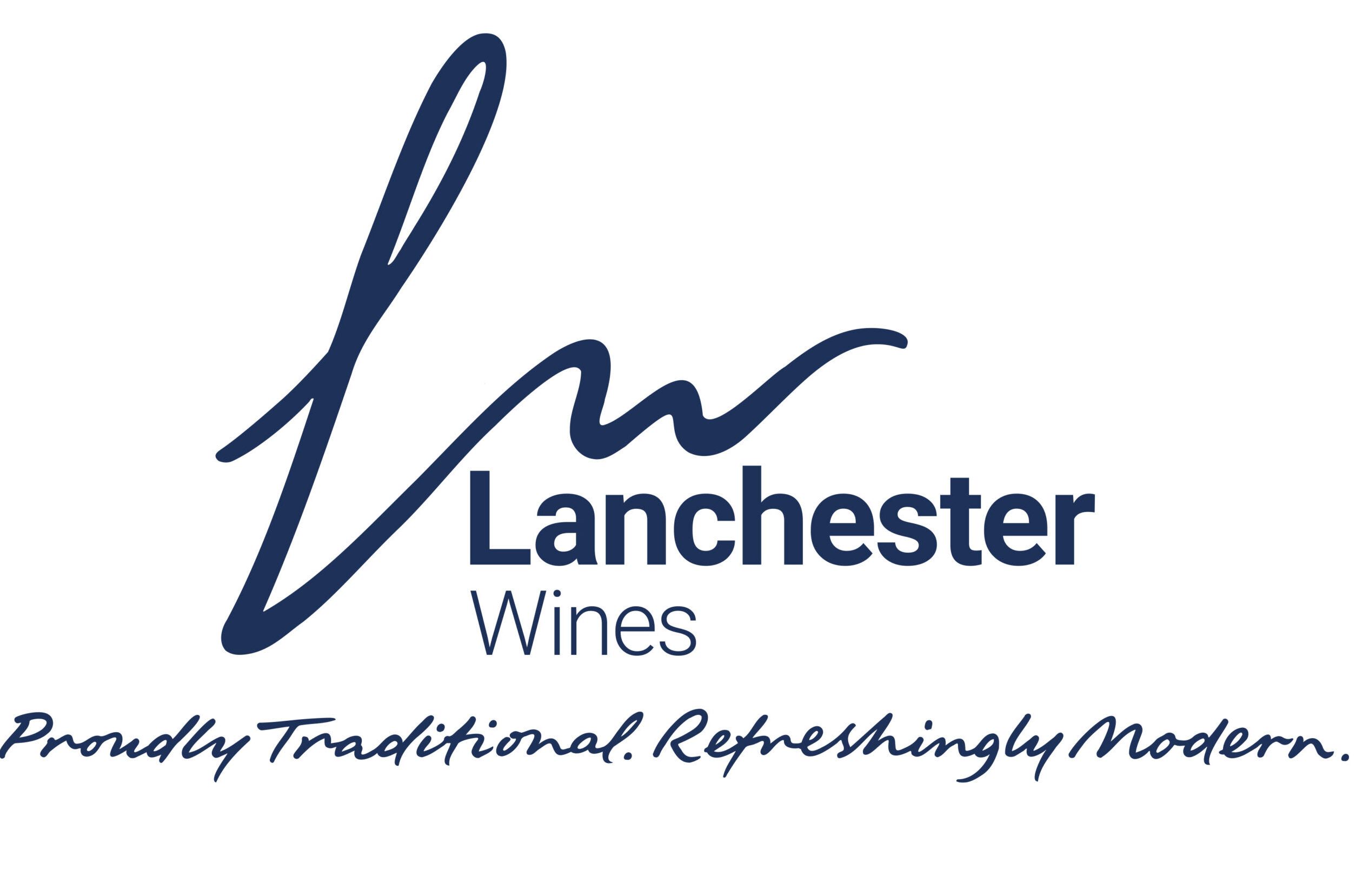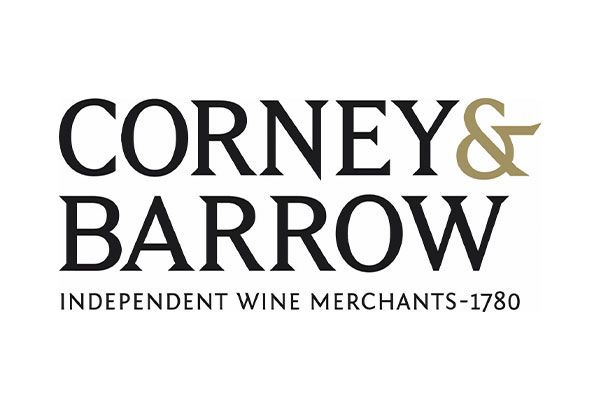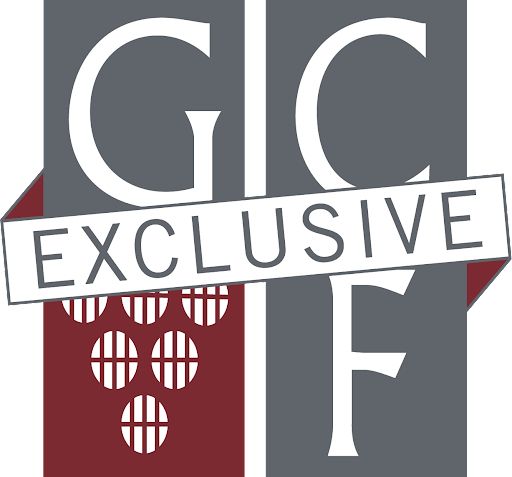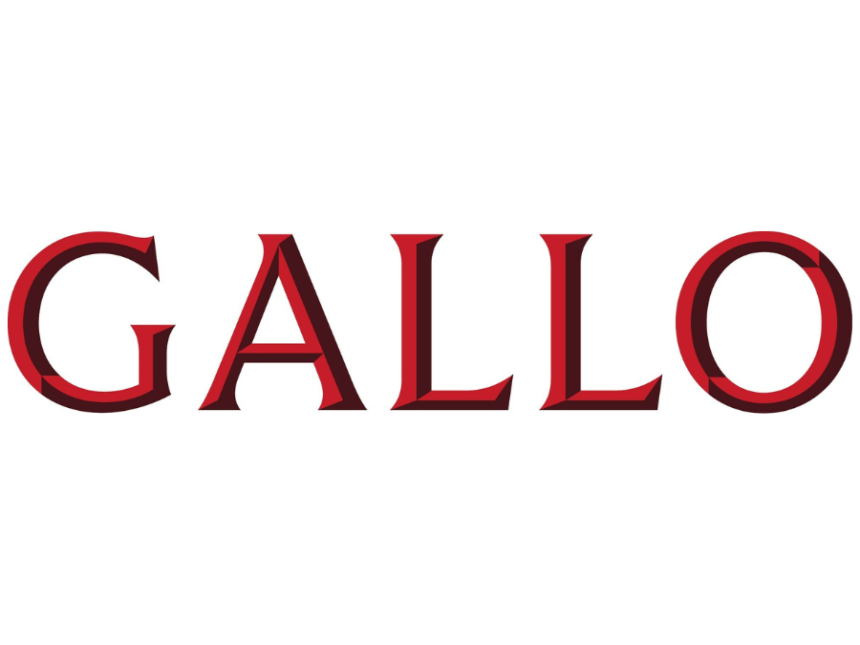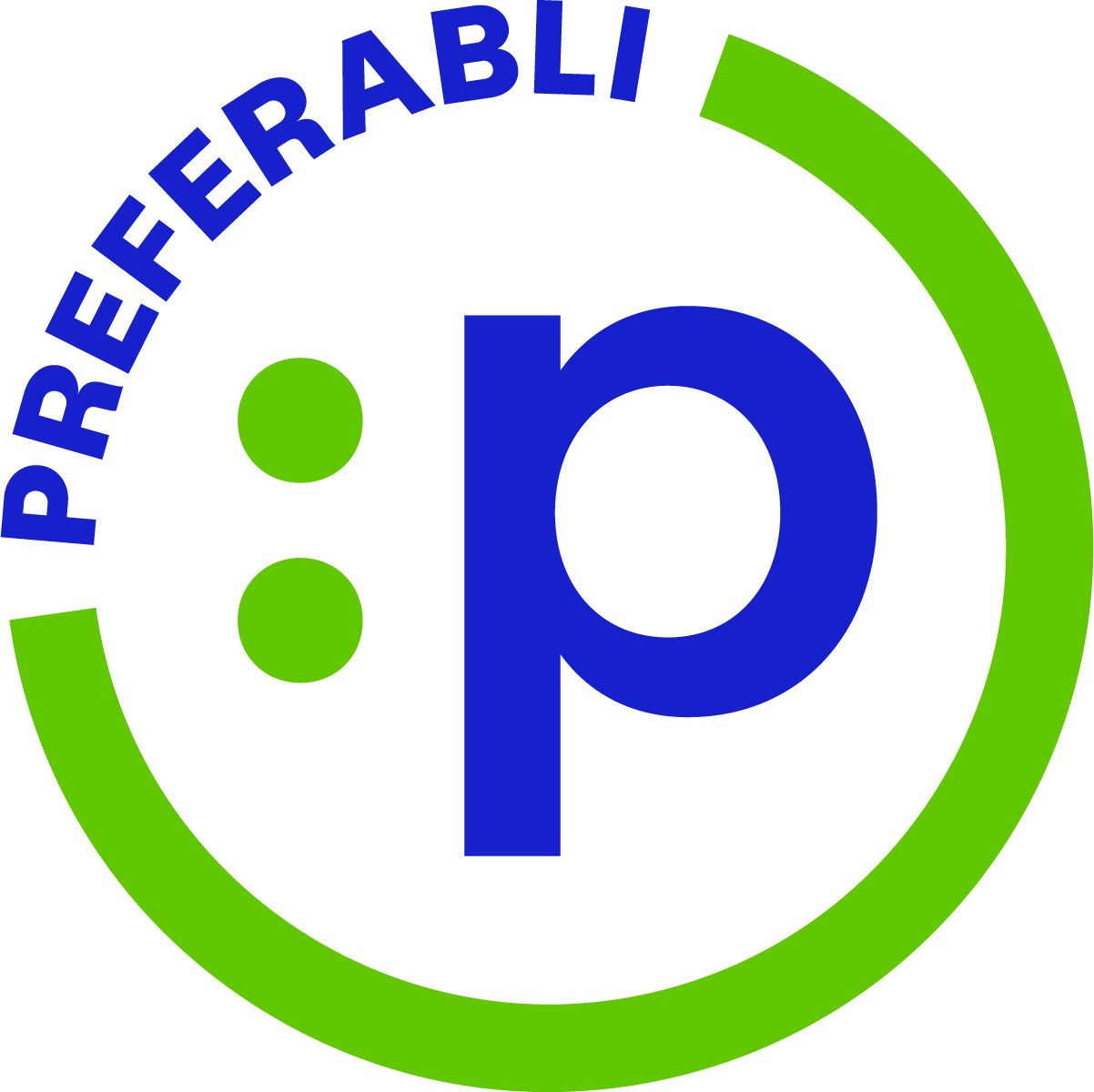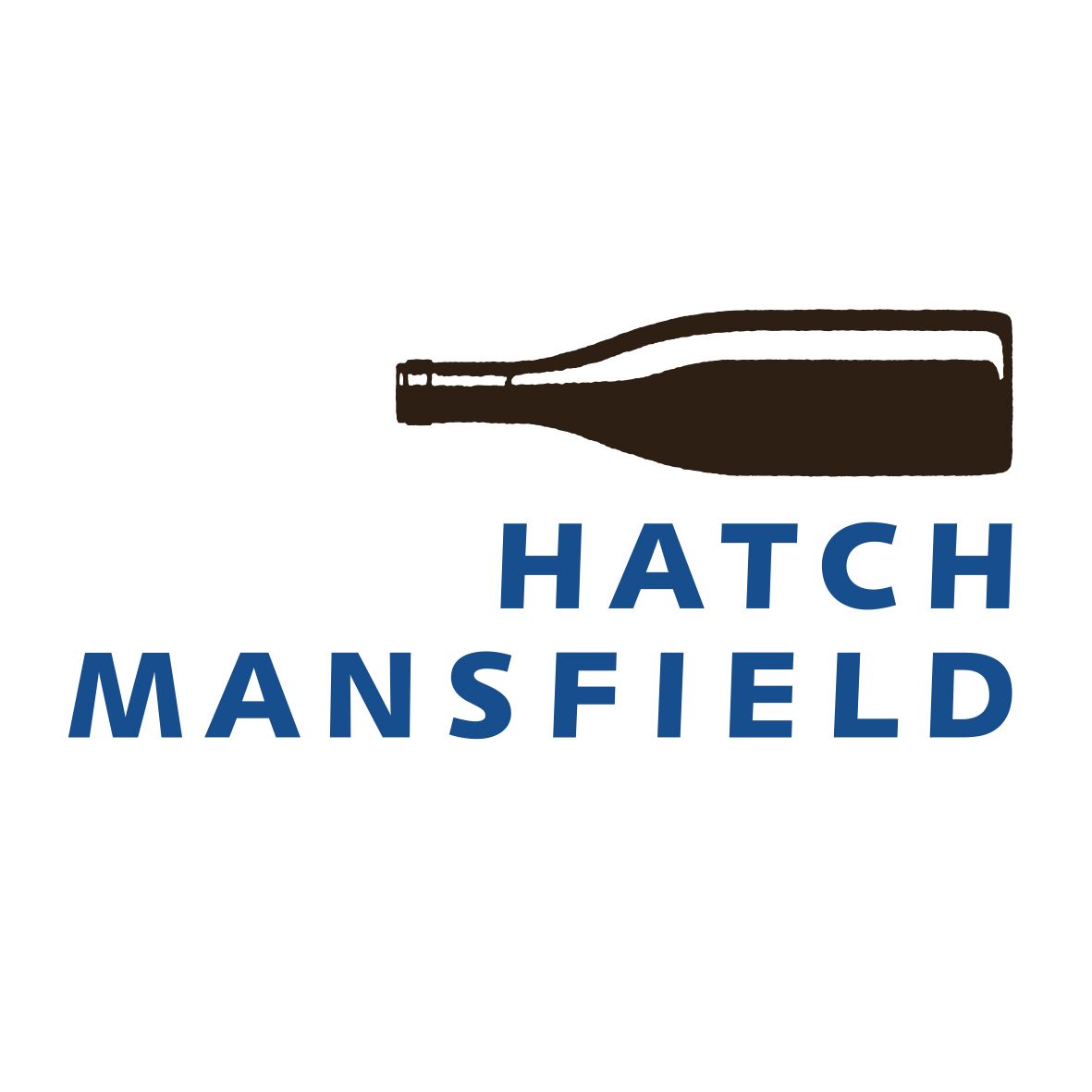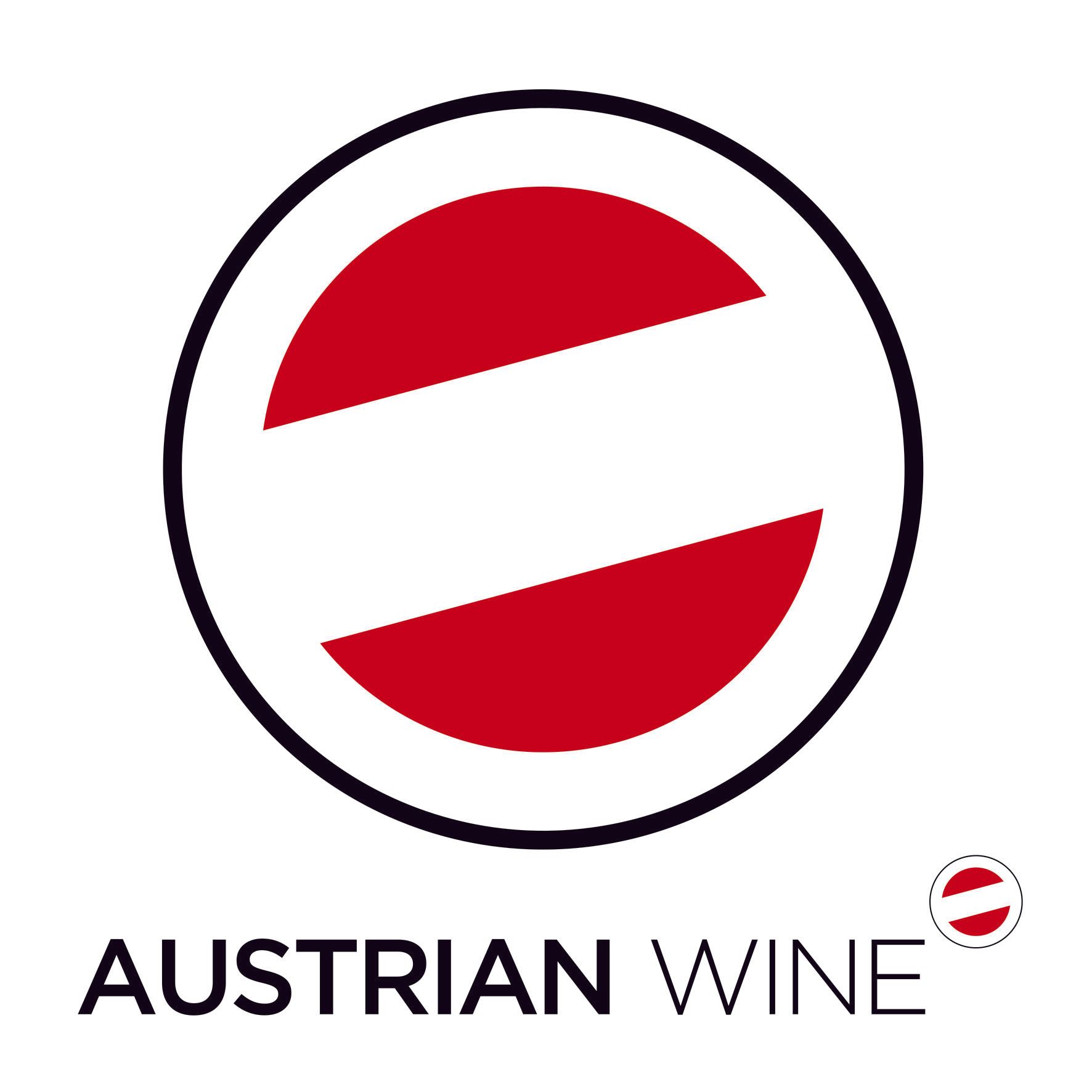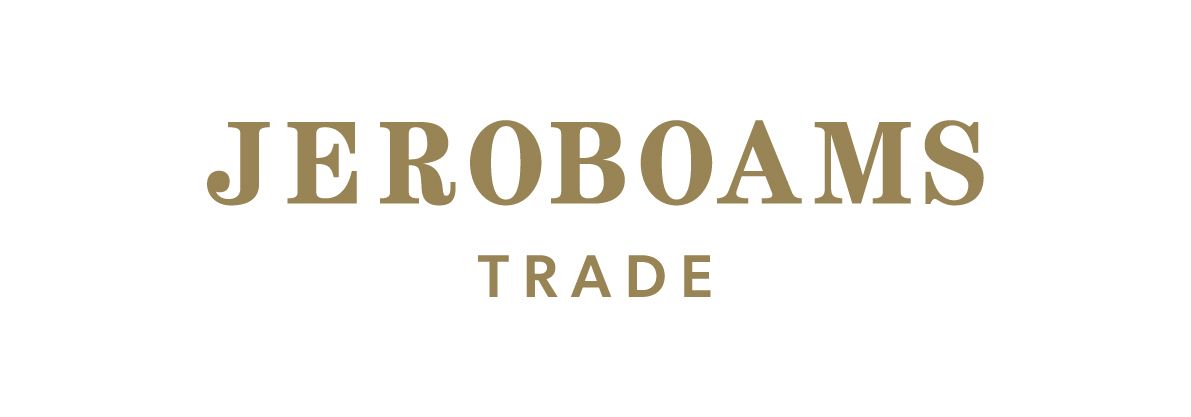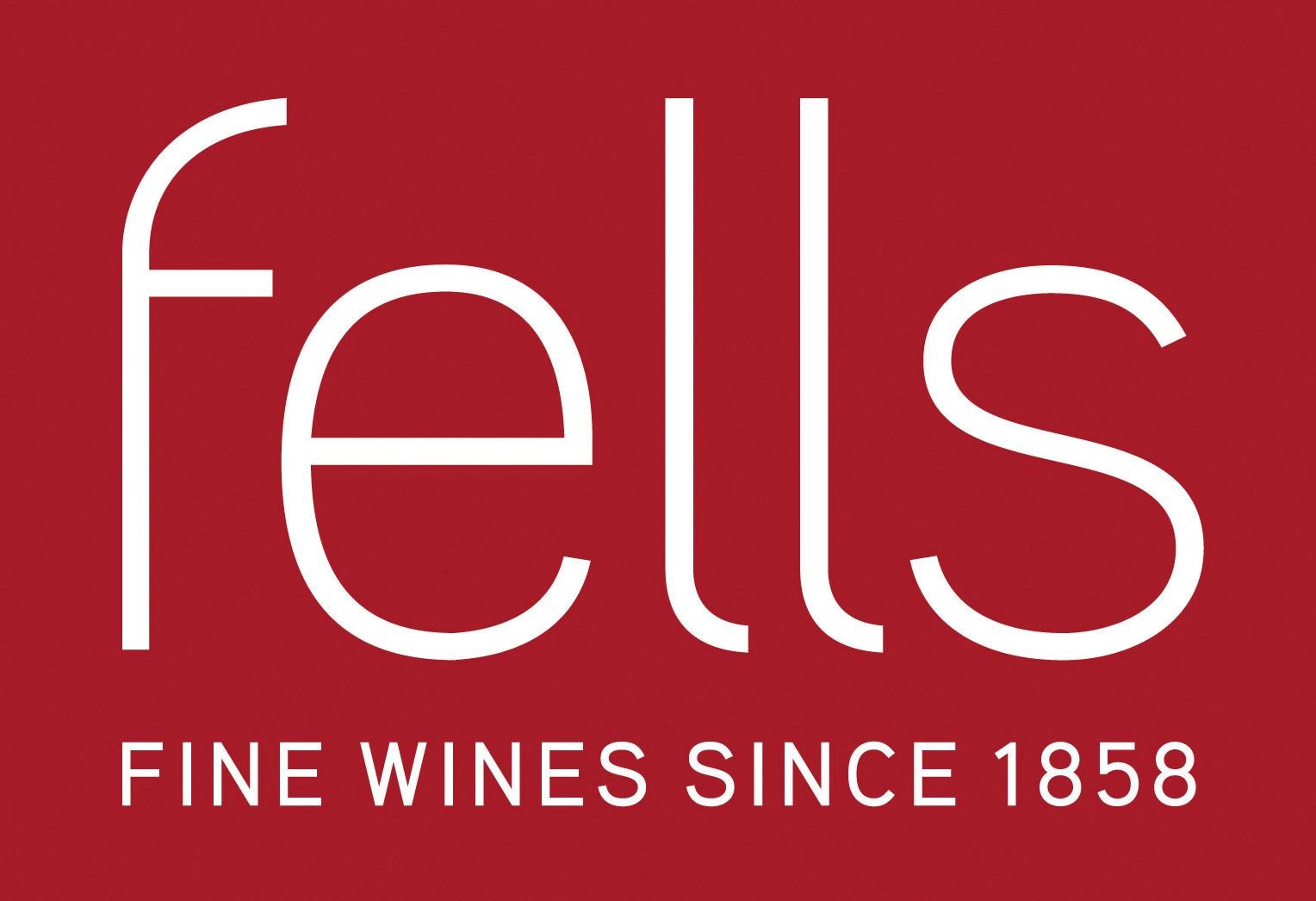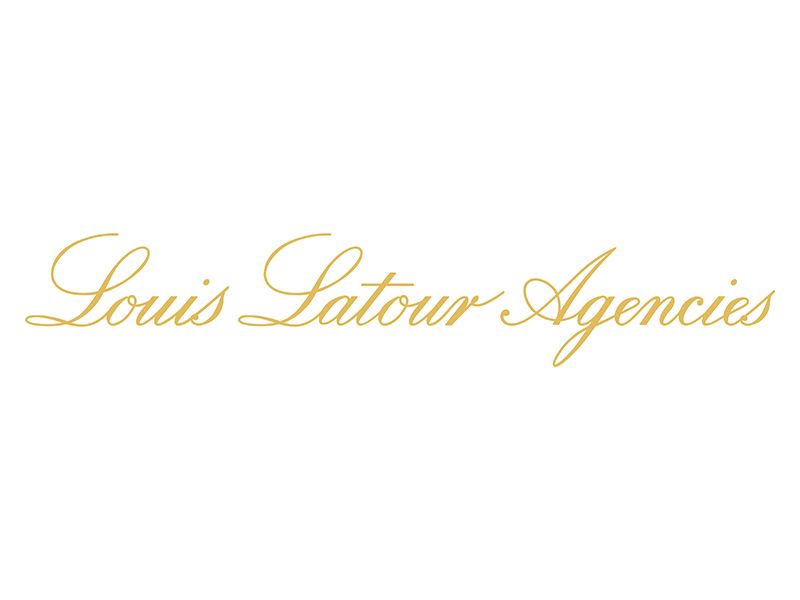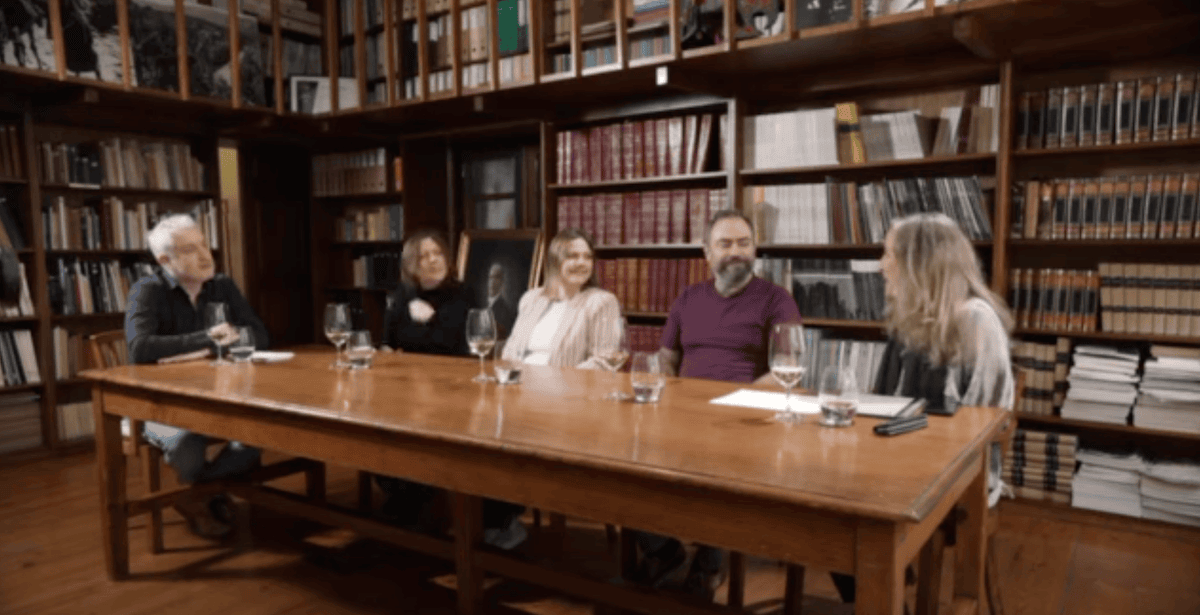Can you tell us about your background and how you got into wine and hospitality?
I started working in a café at 14 years old. I loved working on the coffee machine, working in a team, and the buzz of service. I moved to London to study physics at university (working in a bar whilst I was there) and then started a graduate job at IBM.
I always felt there was something in the back of my mind. I love food and people, and I wanted my life to revolve around those things. I decided to leave my job and become a chef. I went to Australia and worked in a food truck, then came back to London and began working for Marcus Wareing & Chantelle Nicholson’s Covent Garden restaurant, Tredwells.
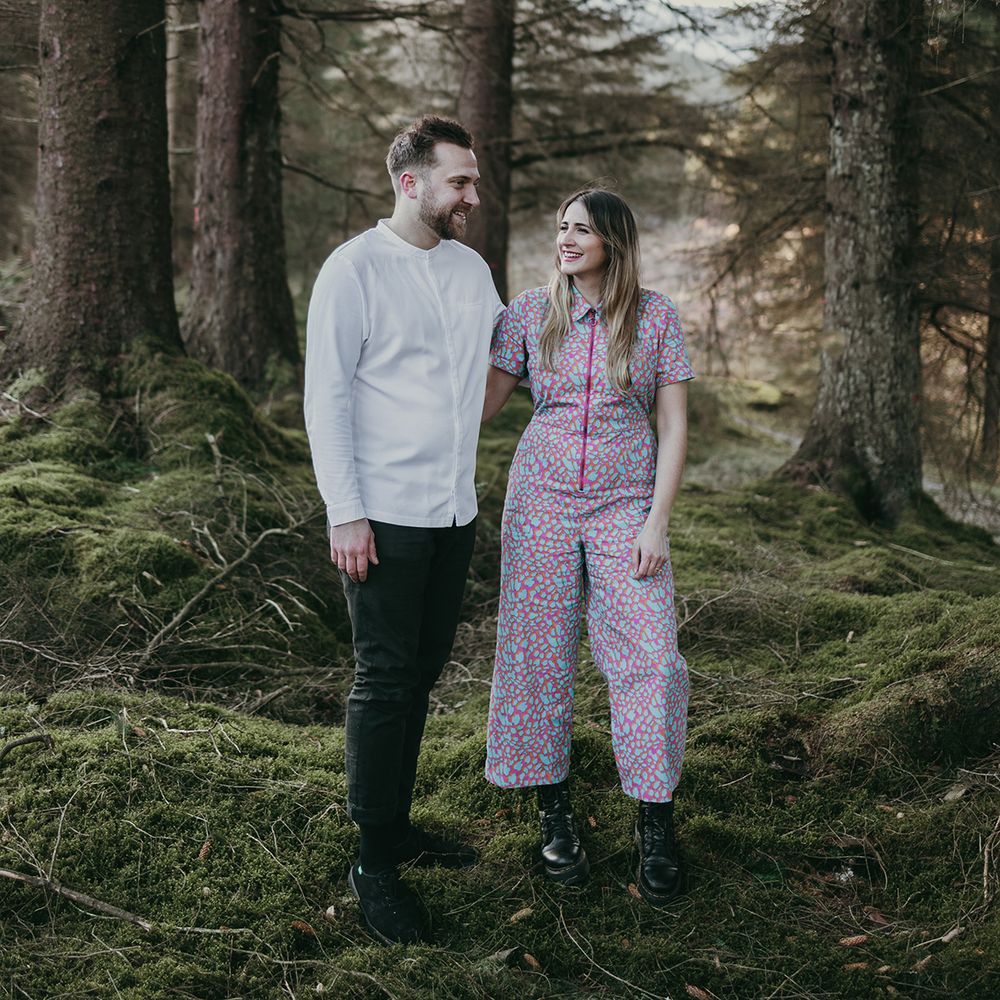
Beth and her husband, and award-winning chef, Jack, have built up Cottage in the Wood to be one of the new leading lights of the thriving Lake District restaurant scene. Lara Luis Photography
After a couple of years in the kitchen, I moved to the front of house and guest relations. I enjoyed wine but didn’t grow up with it, so I organised Level 2 WSET for the FOH team to learn more. One day, our sommelier at the time let us down and didn’t come back to work, the team was stretched, so I took on the ordering, managing the wine list and started to learn more about the wine we served.
I loved speaking about my new knowledge with guests, and soon ended up on the floor as restaurant manager, overseeing the wine offering.
Why did you want to train and become a sommelier?
I’ve always had an interest in wine, but thought it wasn’t accessible for me. My mum doesn’t drink, and my dad loves a jammy Malbec. The role of a sommelier always felt overwhelming. But I love learning, and once I realised there’s a science behind wine, books to read, and exams to take, I was hooked. During Covid, I had more time to pursue my studies (and drink wine), so I took Level 3 WSET, which quickly led onto Level 4.
What do you see as being the key skills you need to be a good sommelier?
There are quite a few. Firstly, a good memory is required to retain a lot of facts. But if your memory isn’t great (like mine), then an understanding of how things come together, such as geography and how choices in the winery affect what is in your glass.
Then, to put together a good list, you need to be business savvy. Think about your positioning as a restaurant, what your food is trying to achieve, who your customers are and what wines they want at particular prices.
You need a good understanding of cooking, food, flavour and how dishes are put together so that the wine can match. You need to be a captivating storyteller.
Finally, and most importantly, how to clearly and simply articulate all of this knowledge to help the guest enjoy the wine you’re showing them.
How have you looked to improve and hone in on those specific skills?
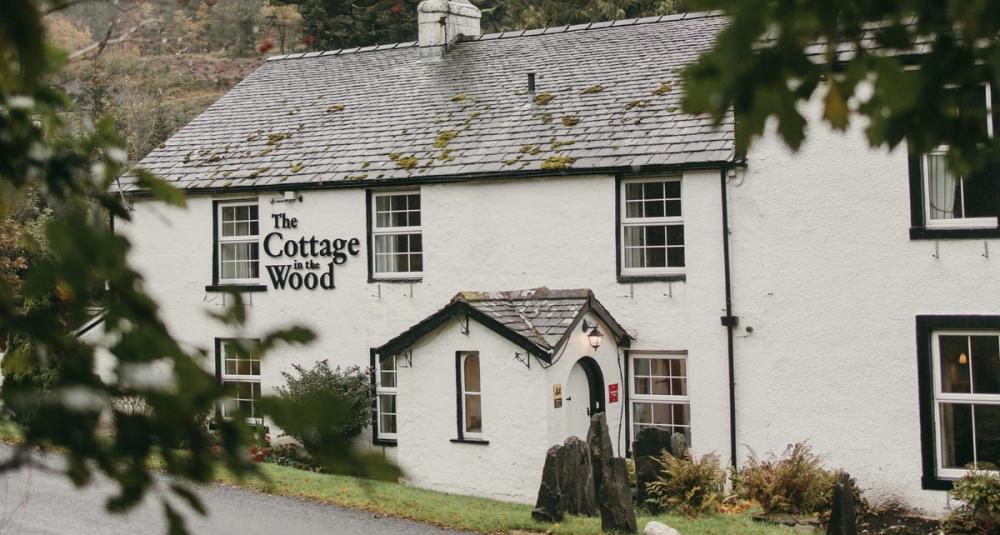
The Cottage in the Wood also has rooms as well a Michelin-starred restaurant
A lot of it comes with practice and continued learning. Making mistakes but having the confidence to keep ‘giving it a go’ at the table will help you build your experience. I know the gaps in my knowledge are to do with language, i.e. I don’t speak French or Italian or any other language apart from English (I did GCSE Spanish 20 years ago), and I struggle to remember the names of producers I really should know. So that’s what I have to focus on.
The great thing about wine is that you have to keep on drinking it to get better.
What is your approach to putting together a wine list, and what do you see as being the key factors you need to get right?
The point of a wine list is to enhance the guest experience. It needs to be balanced, coherent with the restaurant and list things your guests want to drink. There needs to be delicious wines that people can afford, alongside bottles they might want to splash out on for a special occasion.
I like to offer a range of grapes and appellations that people know and feel comfortable ordering, alongside more ‘interesting’ wines that take them on a journey, if they are interested in doing so.
I always balance flavour, for example, offering a similar number of aromatic whites by the bottle and glass, as rich, round and creamy whites. I only choose wines that have been made by smaller producers, working organically. I think it’s important to promote that way of working, just like we do with our menus.
Has that changed, and what you need to get right in a wine list changed in the last few years?
The restaurant I own has no storage space, so we have to be careful with the number of bins on offer. We offer a wine flight, and I like to reserve bottles for this that aren’t listed to make it even more special. Having to offer less than you’d like to make it so much harder, especially as my husband (the head chef) likes to change the menu a lot.
There needs to be a specific reason why we have ‘that’ wine on our list. Our restaurant is in the Lake District, frequented by locals who haven’t had the chance to visit Parisian or London wine bars. It’s super important not to alienate people whilst sticking true to our sustainability ethos and wanting to be leaders in our field.
How have you responded to the changes in duty and the ABV pressures there are now?
Whilst we have swallowed some price changes, we have unfortunately had to increase other prices to maintain correct GP levels for our business to continue.
What is your strategy and approach to working with by-the-glass wines vs bottles?
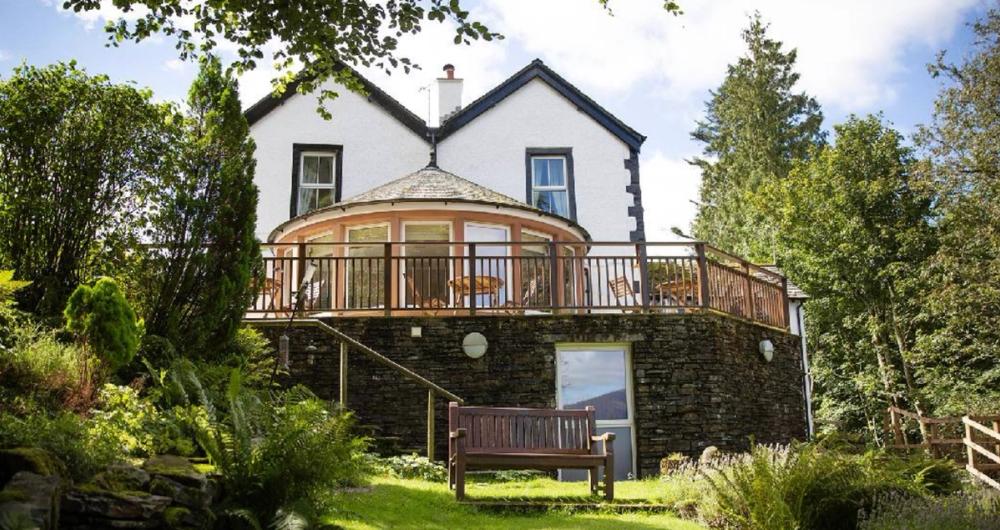
The Cottage in the Wood certainly lives up to its name being tucked away in the heart of the Lake District
I like to offer a range of different styles and prices by the glass, so guests have a good choice. We tend to open bottles for the pairing that we believe goes best with our food, and go from there. Our by-the-glass offering tends to lean towards more ‘interesting’ wines to allow guests to try something new.
Of course, there’s a carefully chosen Sauvignon Blanc by the bottle if they wish to go for that, but why not try a New Zealand field blend instead?
Where are you seeing the most growth in terms of wine styles/ countries/ regions that are most in demand?
I’m a natural wine lover, and perhaps I go searching for suppliers that share the same ethos, but there certainly seems to be more available. Guests seem more receptive to trying them, too.
What do you enjoy most about being a sommelier?
I love matching wines with guests. Seeing them light up when you explain why you’ve chosen that wine for them or the food, and what the story is behind it. My favourite comment is “I’d never have chosen that, but I’d be so glad I’ve had it”.
I love seeing a slight nervousness in their eye when you pop something they’ve never heard of in front of them, but then the delight when they can see how it matches the food my husband has created. It’s the best.
What do you find the hardest or the most challenging, and how have you overcome them?
We bought The Cottage In The Wood in July 2024 and had our son in June 2024. Juggling the two has felt nothing short of intense.
For example, because of our remote location and our newborn baby, it’s been hard for me to attend wine fairs and portfolio tastings. Sourcing those unique bottles has become extra challenging because of this. I have to put trust in my suppliers, whom I have known for many years, for them to send up bottles they think I will love.

Beth Bond helped manage Apricity in Mayfair, London and Jack Bond worked at a number of leading restaurants including Eleven Madison Park, Restaurant Gordon Ramsay, Claridges and the Berkeley before heading to the Lake District
There are more tastings happening every year in Manchester and Edinburgh, so I’ll have to make sure I get to those - baby in tow.
What have been your career highlights?
Buying the restaurant with rooms with my husband, being listed as one of the 100 top sommeliers, completing my diploma, and seeing my team improve their knowledge and confidence.
Favourite wine regions you have been to?
Yarra Valley, Margaret River, cycling through St Emilion and exploring the wine producers in Kent.
What is on your wish list?
The Loire. I adore Chenin Blanc and Cabernet Franc; oysters and Muscadet, and I can’t wait to immerse myself in it. Also, I would love to visit the Jura, drink Vin Jaune and eat Comte.
Anything else to say?
If we want the wine and hospitality industry to thrive, we need to make it fun, interesting and a viable career for young people to consider.
* You can find out more about The Cottage in the Wood at its website here.
